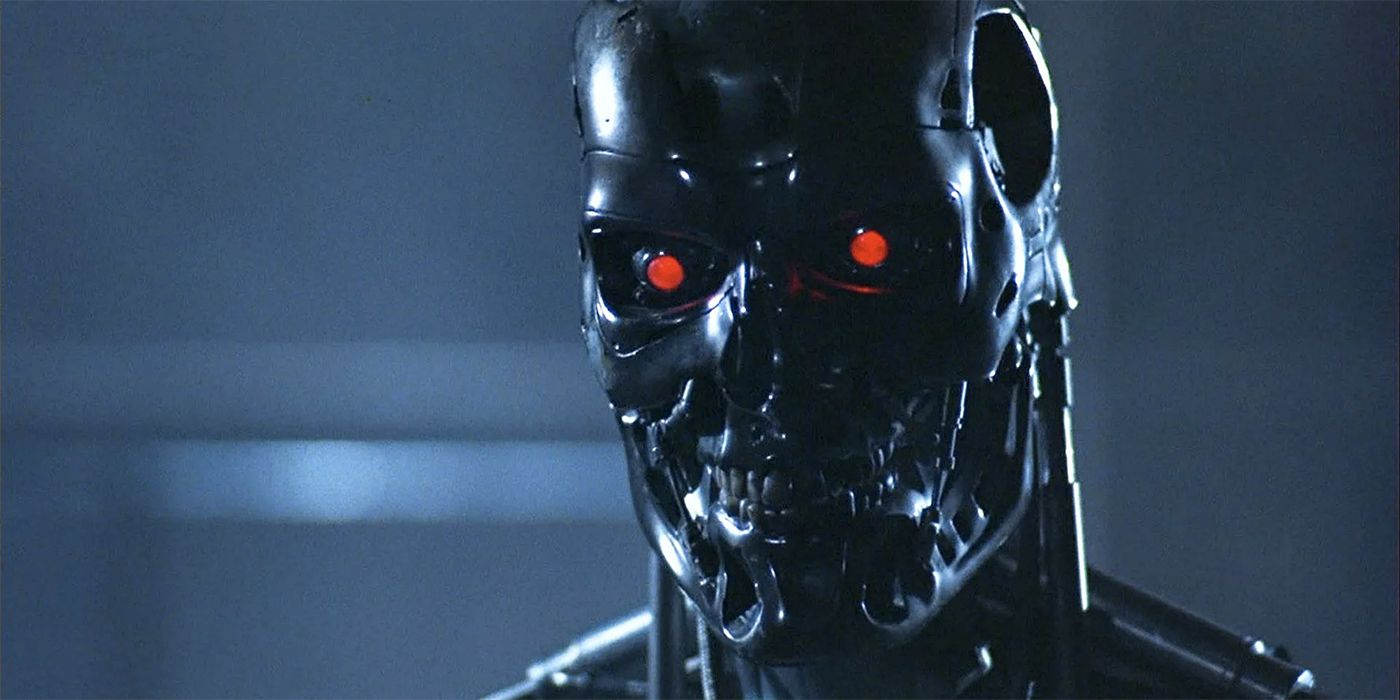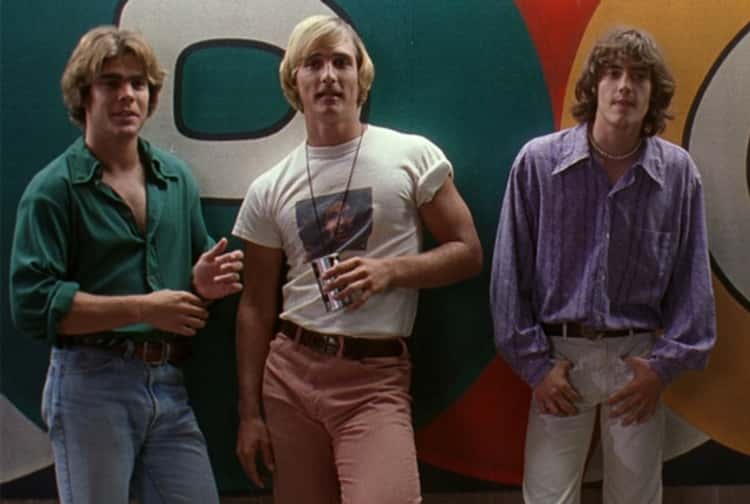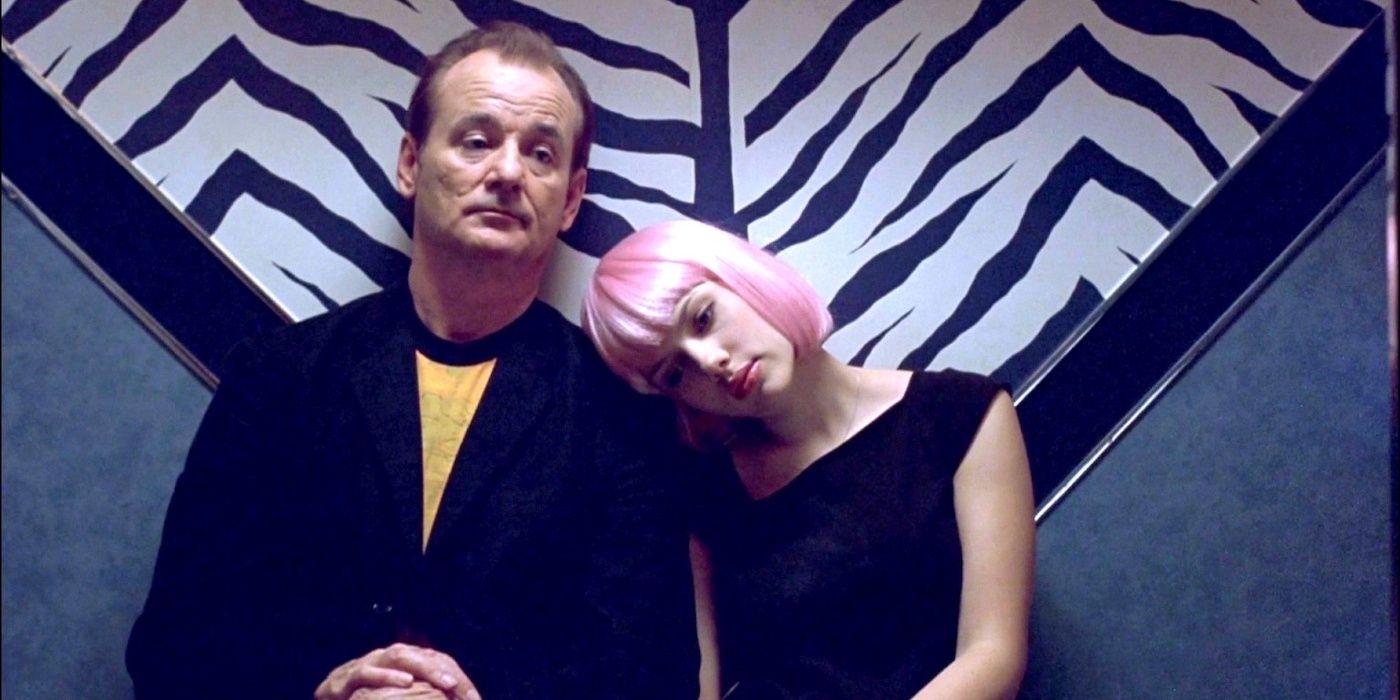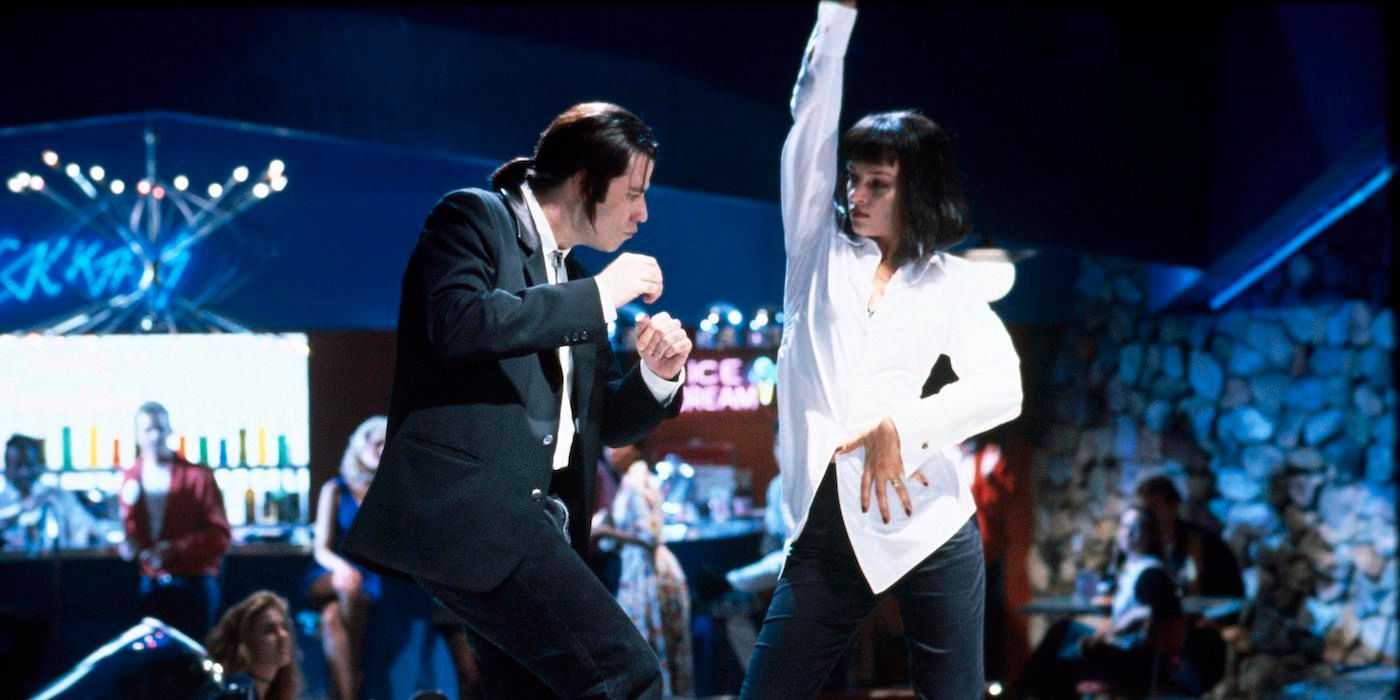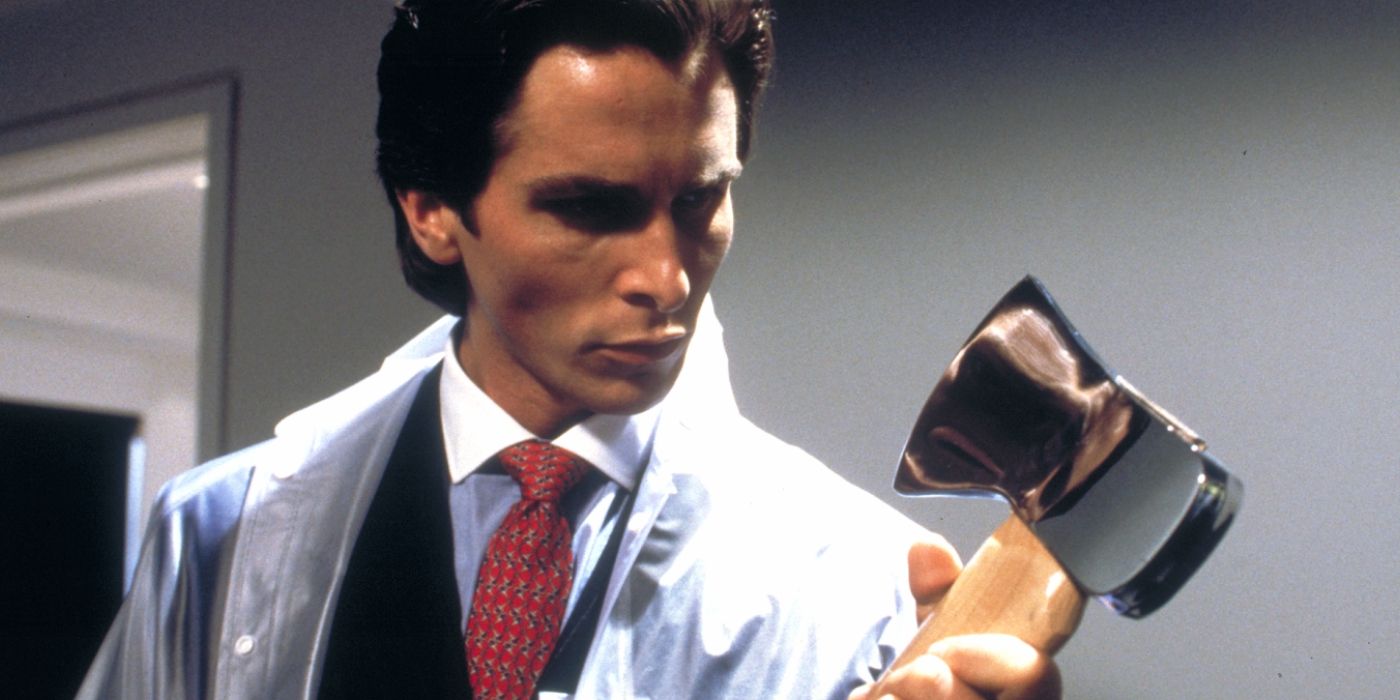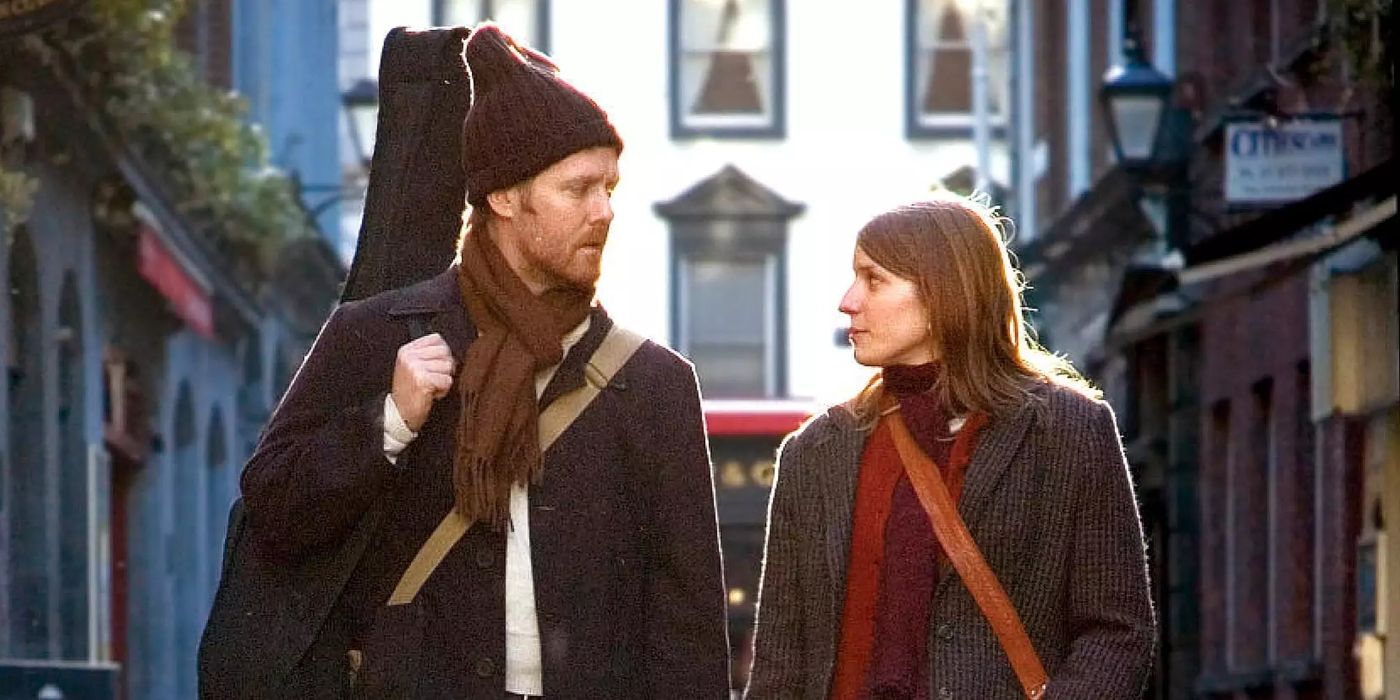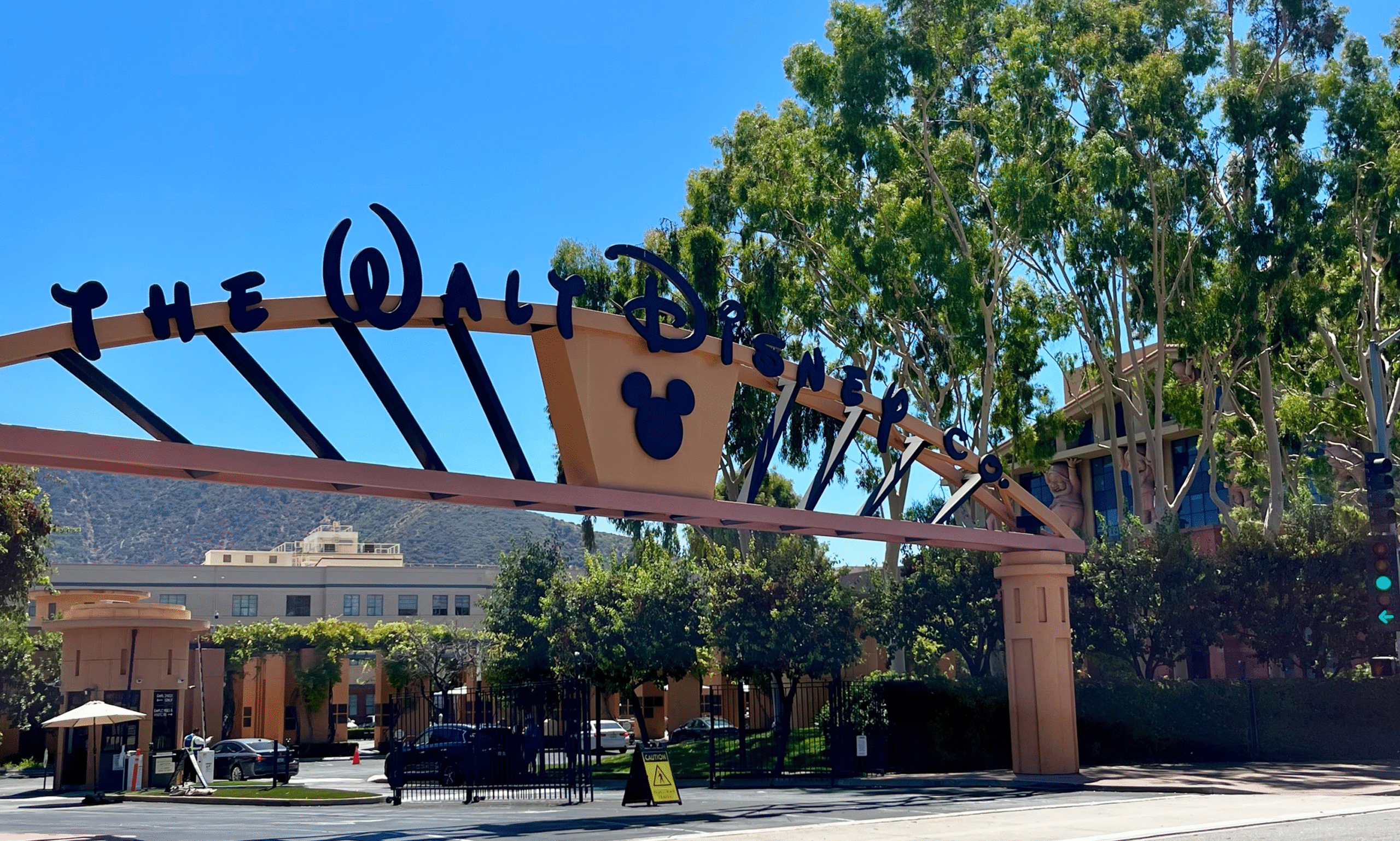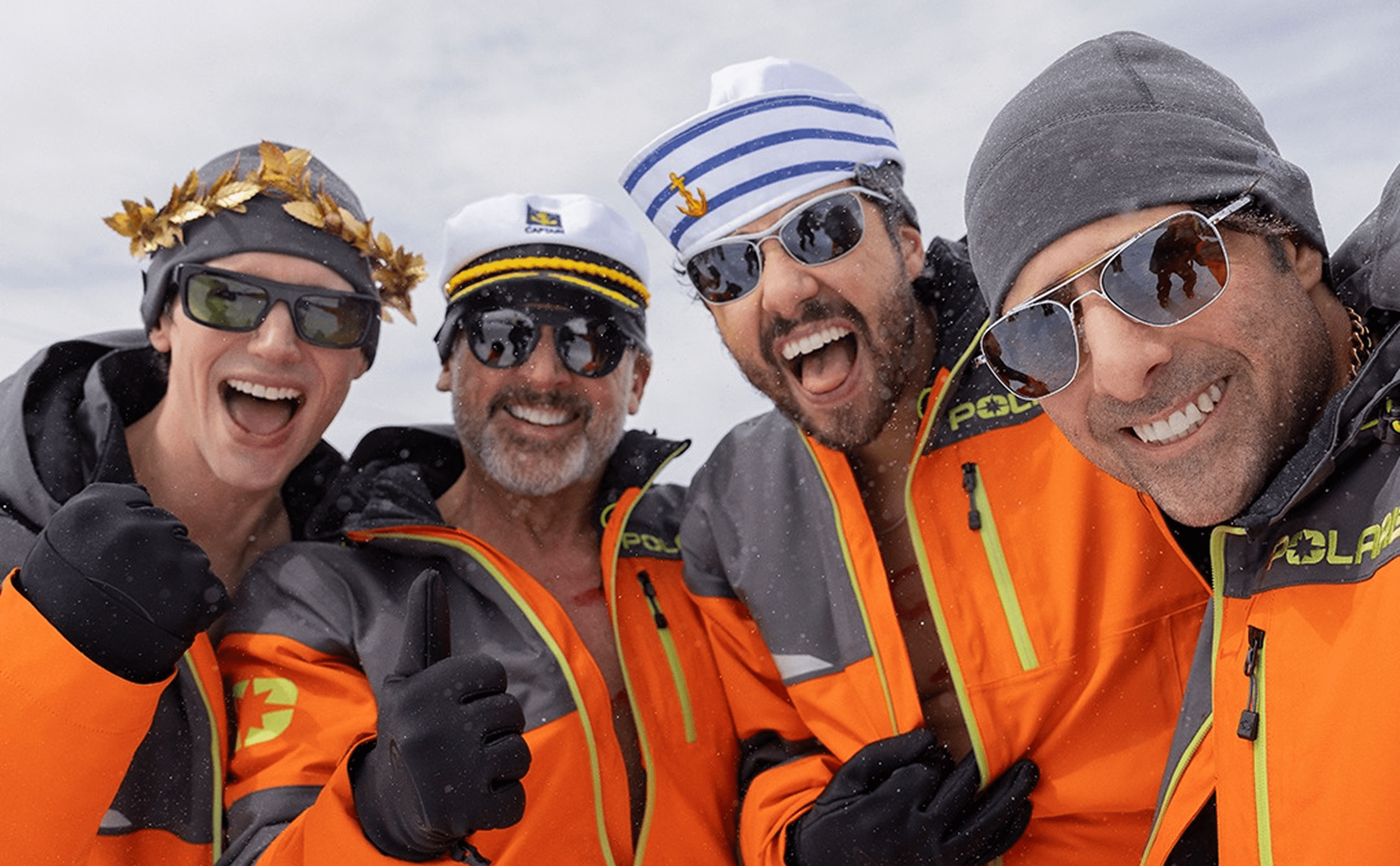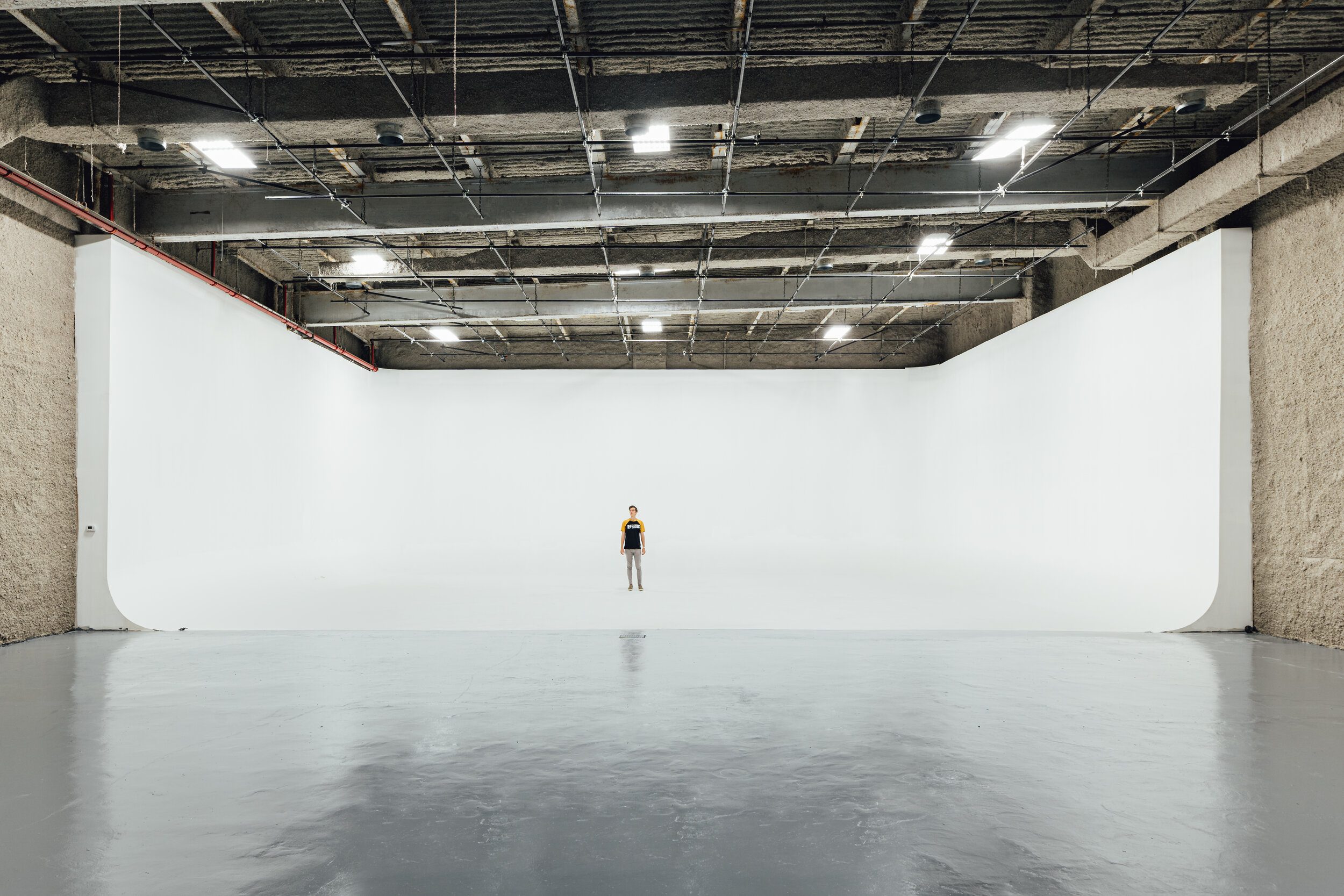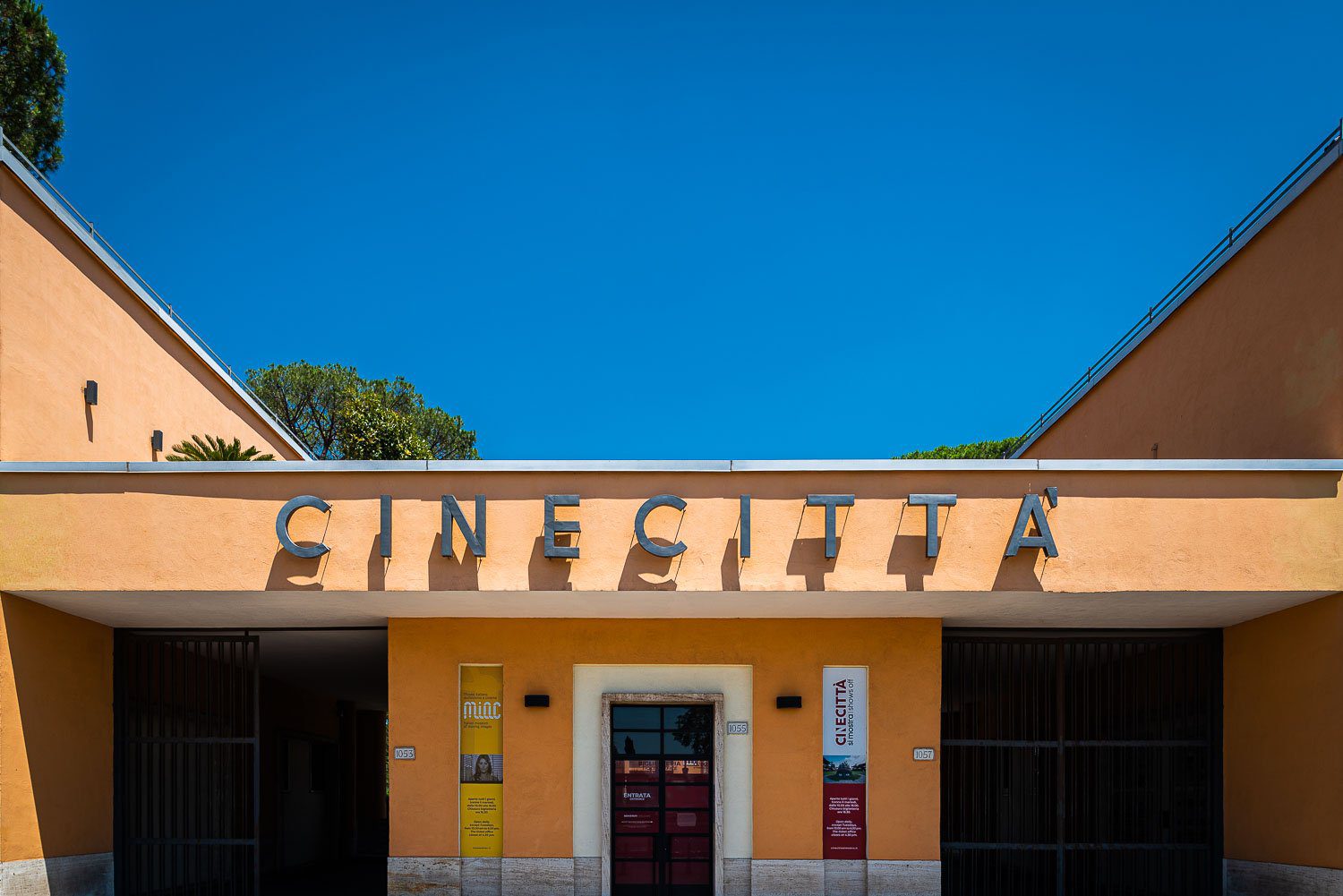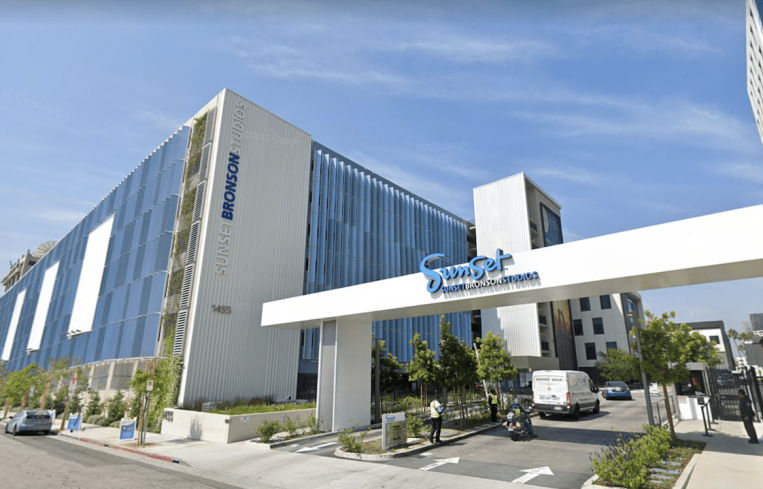Sometimes low-budget movies go on to become all-time blockbuster films. How many of your all-time favorites were made on a shoestring budget?
These Low-Budget Movies Became Some of the Best Blockbusters
It’s refreshing to see that quite a few independent films have made it big-time and turned into memorable blockbusters. These films have found the perfect balance between a low budget and captivating content while also racking up a huge return on investment. Who knows? Your favorite movie may be on this list.
/cdn.vox-cdn.com/uploads/chorus_image/image/50865937/blair-witch-trailer-new-camping-heath-callie.0.jpg)
The Blair Witch Project introduced audiences to a new kind of horror movie and set the aesthetic for many that followed. Although not the first of its kind, the independent film about a group of student filmmakers attempting to hunt down an urban legend is one of the most well-known found-footage films. It was also the first film to rely on a viral internet marketing campaign claiming that the events of the film were real.
Despite just a $60,000 budget, The Blair Witch Project went on to make $248.6 million worldwide at the box office, including $140.5 million domestic. This number is even more surprising when you learn that the film was made in eight days, and there wasn’t a finished script when filming began.
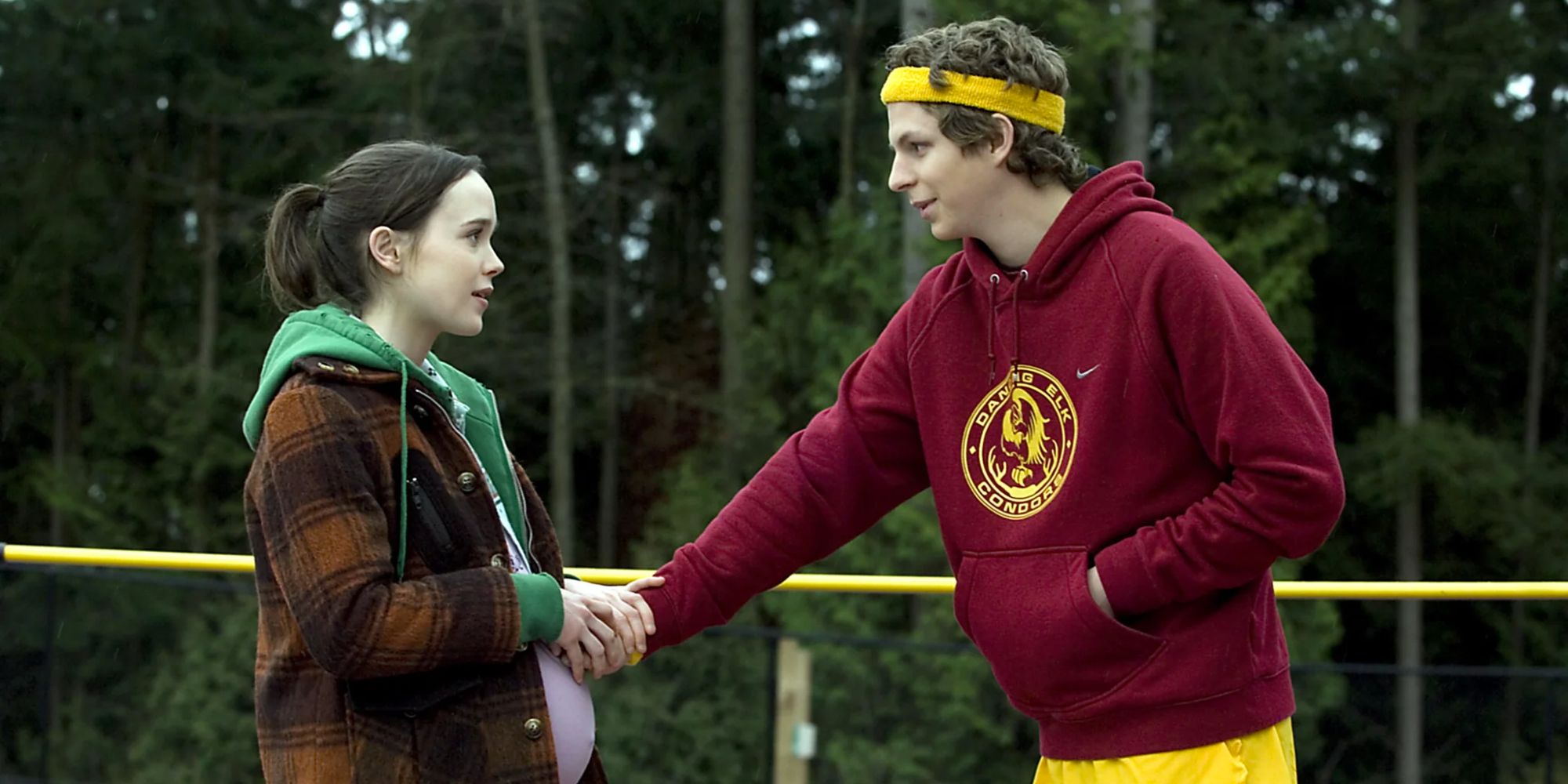
For a small indie film that was made on just a $7.5 million budget, Juno really made a significant impact. The film had such a low budget that Jennifer Garner took a pay cut to keep the costs down. Surprisingly, the movie, starring Elliot Page and Michael Cera, brought in $232.3 million worldwide, including $143.4 million domestic.
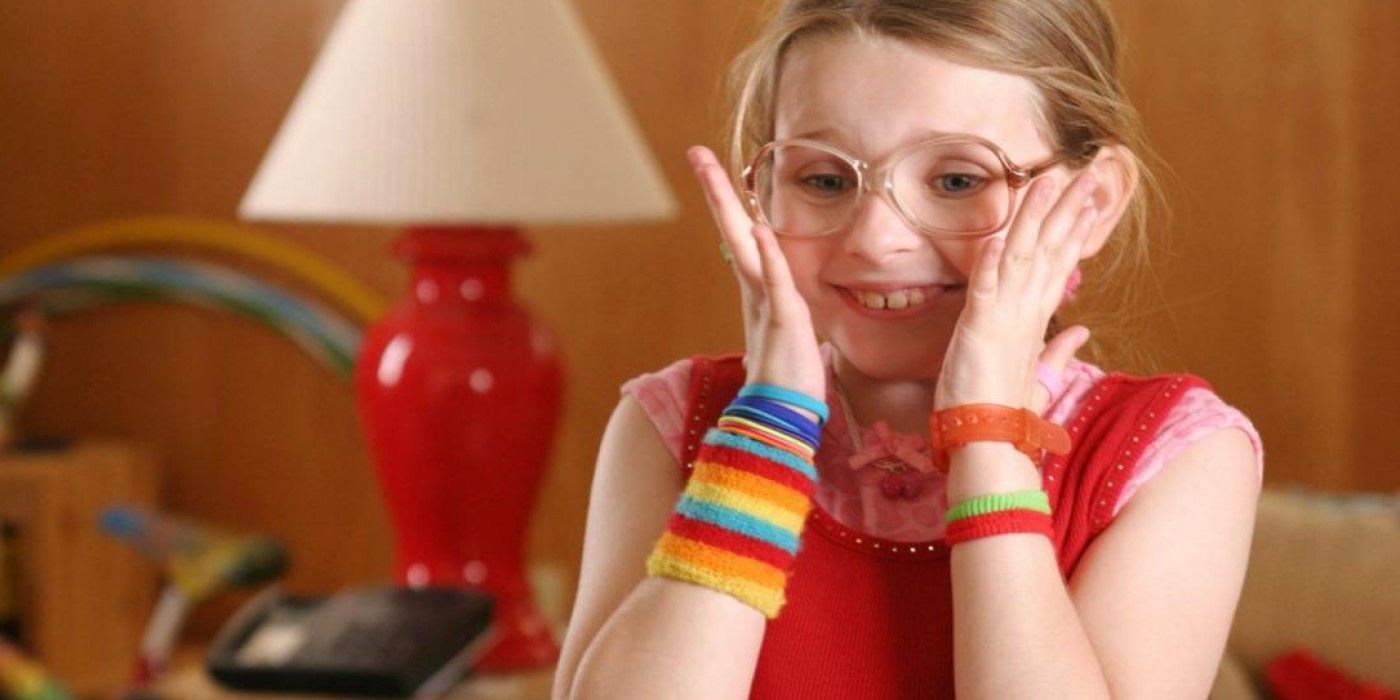
Like Juno, Little Miss Sunshine is an indie film that blew up big time. The movie earned four Oscar nominations and two wins after hitting the screen in 2006. The movie, which was created for just $8 million, ended up earning over $101 million worldwide, including $59.9 million domestic.
Even more impressive, the movie’s widest release only reached 1,602 theaters. When the first showing of the film received a standing ovation, Fox Searchlight jumped at the opportunity, buying the film for a record-breaking $10.5 million. To this day, the film remains a fan favorite among audiences.
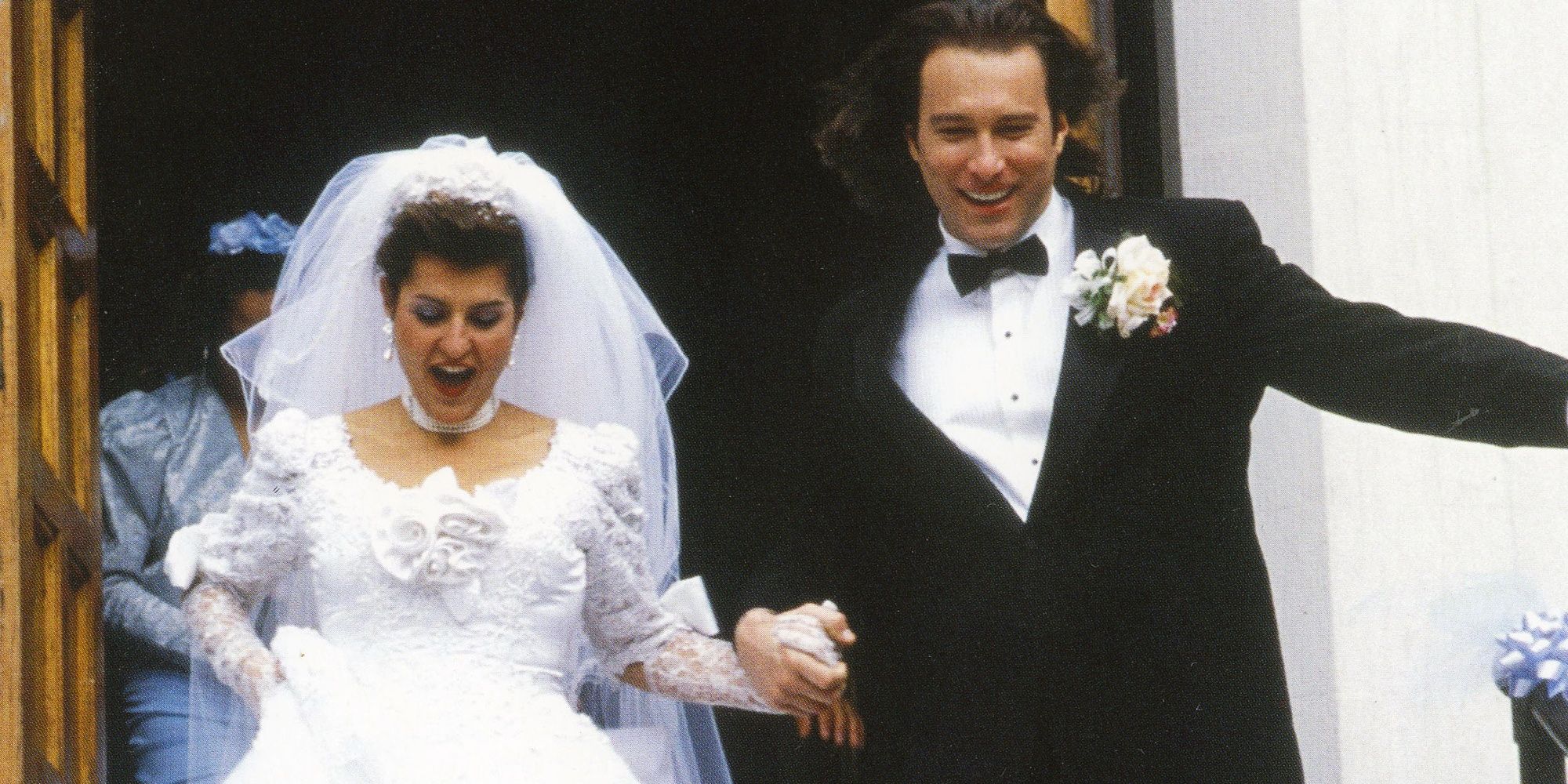
My Big Fat Greek Wedding spent almost a full year in theaters. This long run allowed the film to bring in the big bucks. A $5 million budget turned into $368.7 million worldwide ($241.4 million domestic). During its opening weekend, the film was only released to 108 screens, but still raked in $597,000.
After 20 long weeks in theaters, My Big Fat Greek Wedding reached the No. 2 spot and spent 17 consecutive weeks in the Top 10. With impressive numbers came impressive award nominations. Nia Vardalos earned an Oscar nomination for Best Original Screenplay, and the film was nominated for Best Picture at the Golden Globes.
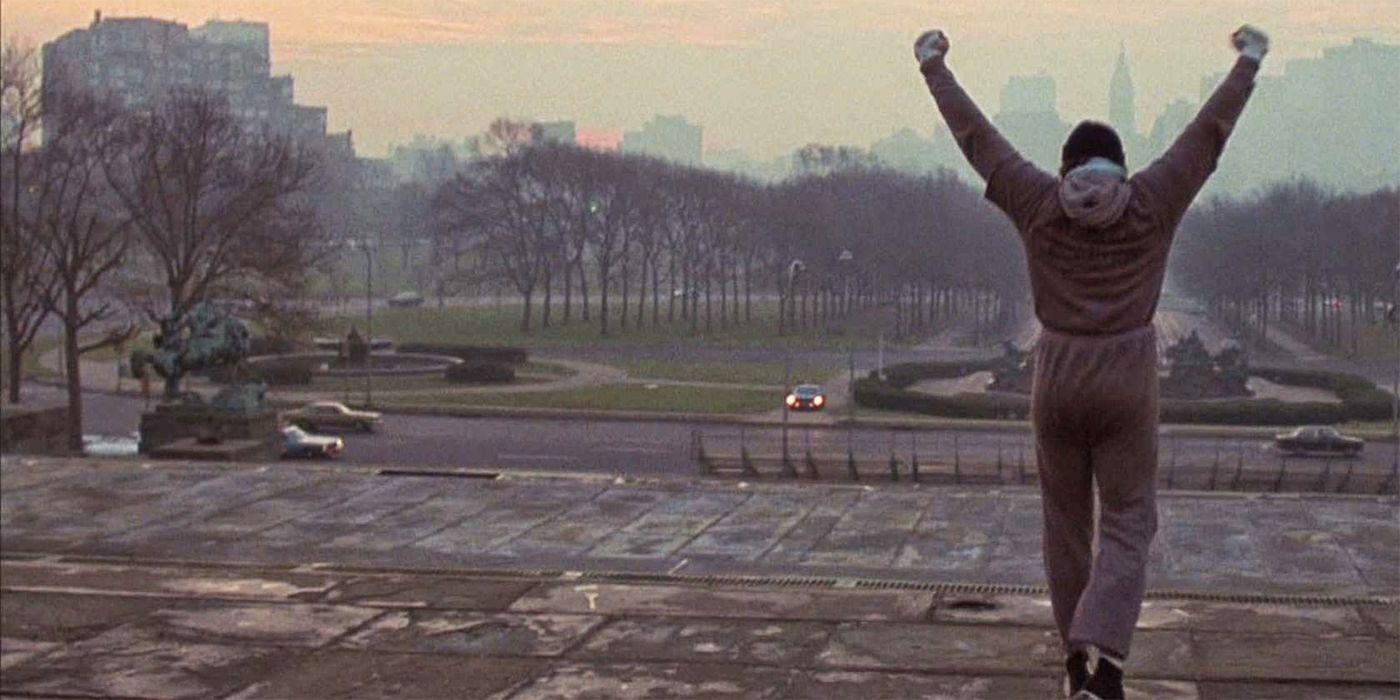
If you thrive at Rocky trivia, then you may know that the first film isn’t even the top-grossing installment of the blockbuster franchise. That said, none of the other films came close to the ridiculously cheap (around $1 million) budget of the original, which still brought in $225 million worldwide. Rocky, which featured a then-unknown Sylvester Stallone, won three Oscars, including Best Picture. Since the film’s 1976 release, the franchise has hauled in a mind-boggling $1.9 billion.
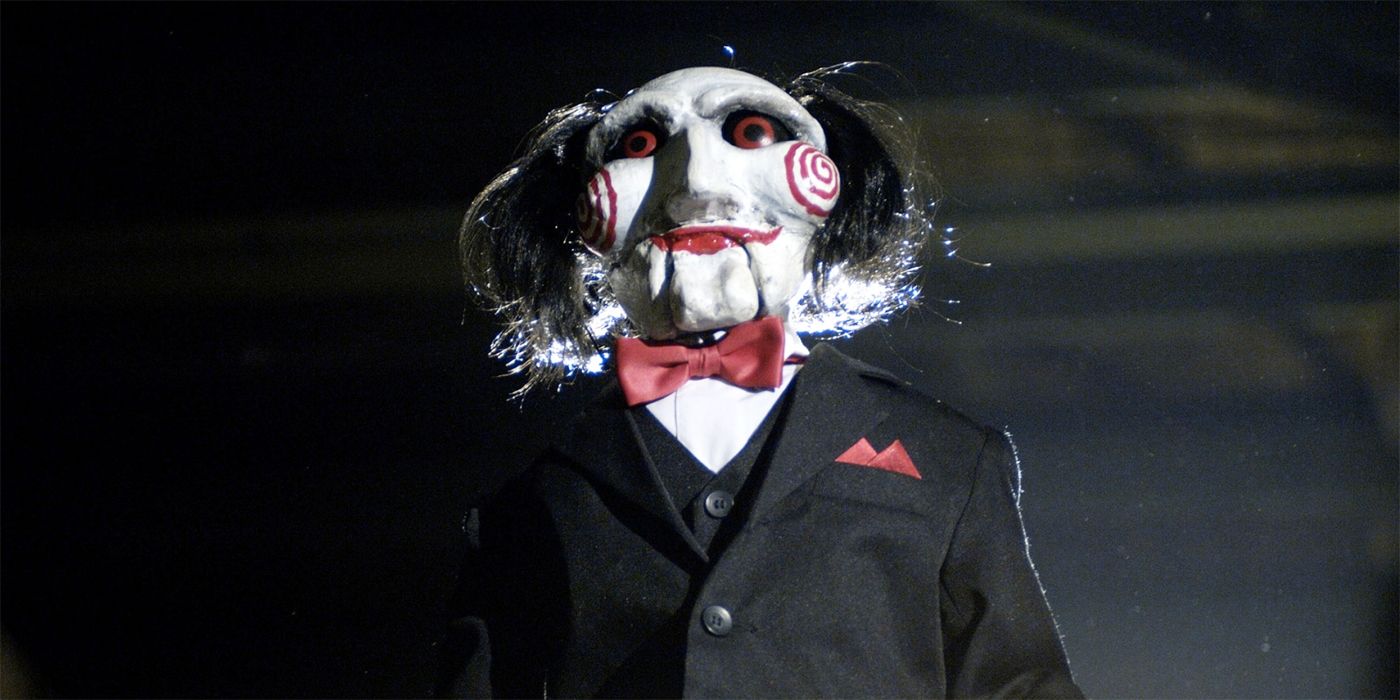
Saw was and still is a massive hit in the horror genre. It dominated the box office, making $103.9 million worldwide on a $1.2 million budget. In addition to making big bucks in theaters, Saw has become one of the most recognizable horror franchises in film. The first Saw movie was the young James Wan’s directing debut, and he came out hot, finishing the film in just 18 days! Wan would go on to be the mastermind behind The Conjuring franchise, which has also been a money machine. All eight of the Saw films have added up to a total of $1.1 billion.
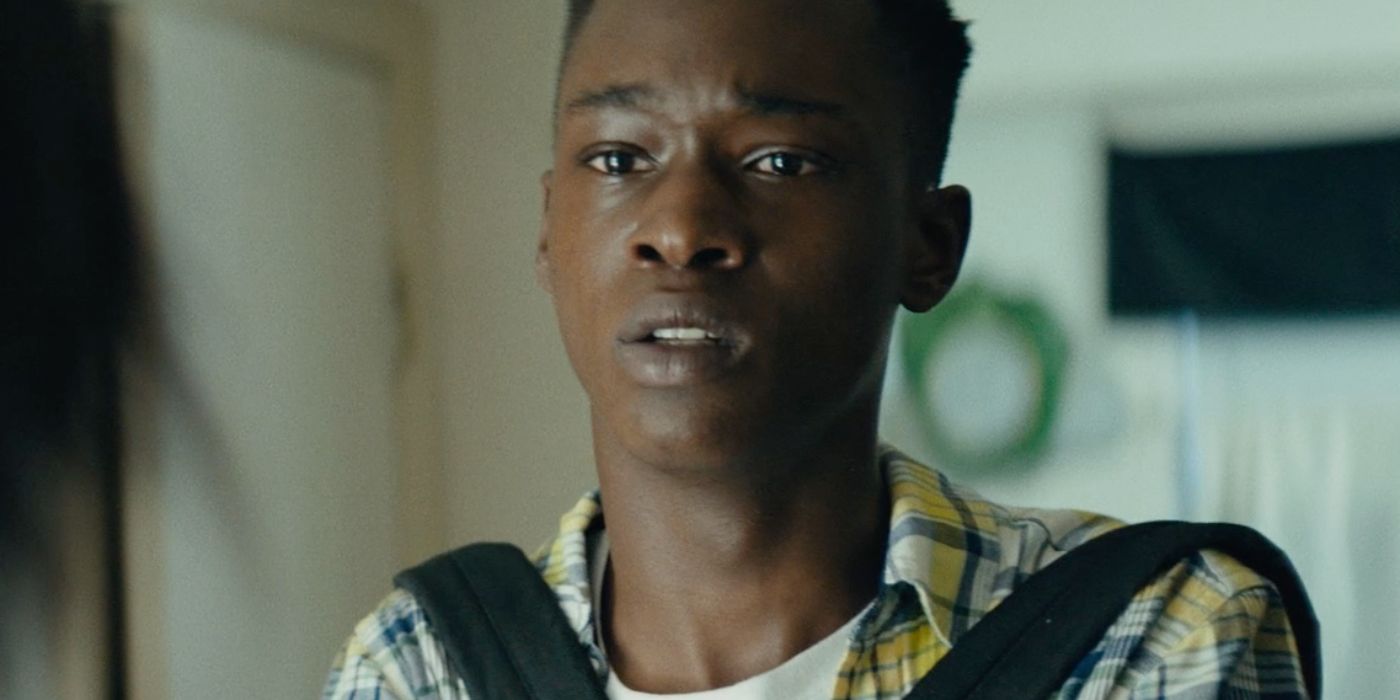
Moonlight was a pivotal film for its portrayal of Black and queer culture. The movie follows the main character, Chiron (played in different phases of his life by Trevante Rhodes, Ashton Sanders, and Alex R. Hibbert), as he goes through significant transitions in his life. It discusses his struggles with his sexuality and identity while also exploring the emotional abuse he endured growing up.
A cast of unforgettable performances was followed up by a memorable moment at the 2017 Oscars when it won Best Picture… after it was mistakenly awarded to La La Land. The highly decorated movie reportedly cost $4 million (director Barry Jenkins tweeted that the budget was in fact $1.5 million), but either way, the film raked in an impressive $65.1 million worldwide!
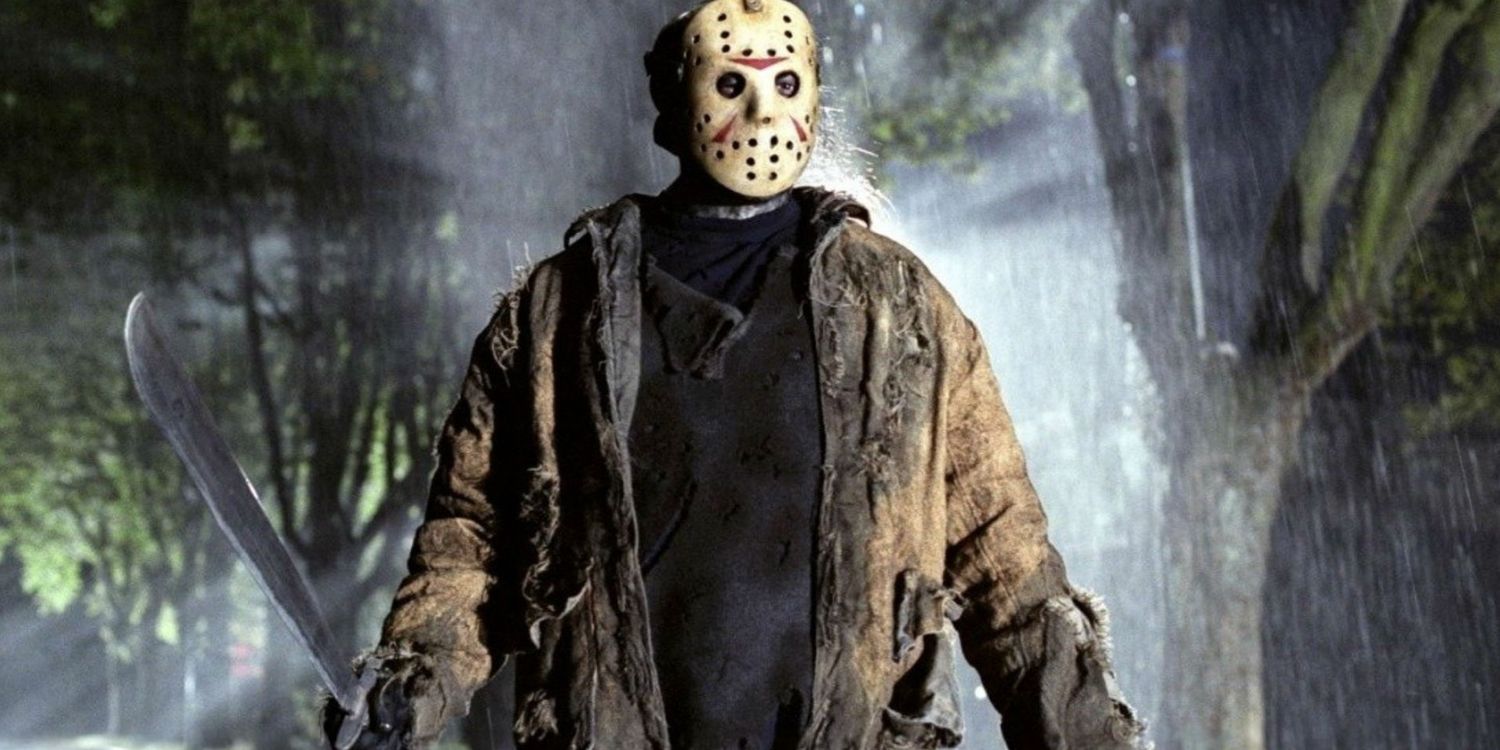
The Friday the 13th franchise has amassed an enormous following since the first film was made in 1980. The slasher film that was only made for $550,000 ended up capturing audiences and grossed $59.7 million worldwide. The famous hockey-masked villain, Jason Voorhees, sparked a massive franchise with 12 films, comic books, video games, and merchandise galore.
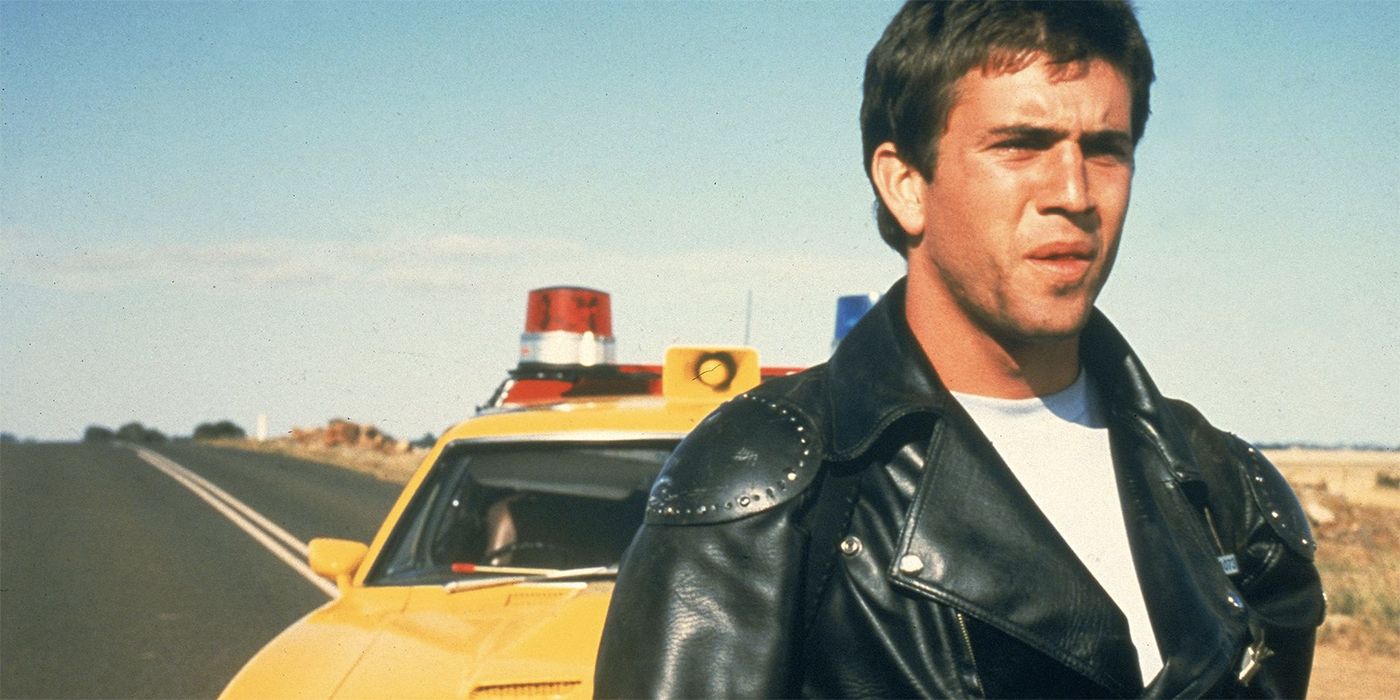
Although Mad Max has received critical acclaim and a huge following, the dystopian movie, led by a young Mel Gibson, was made with a mere $350,000. The 1979 action film set in future Australia tells a tale of societal collapse, murder, and revenge.
The film made $100 million worldwide, which was once enough to set the Guinness World Record for Most Profitable Film. The film has also been credited with opening up the global market to Australian New Wave films. Mad Max birthed a franchise with three sequels, Mad Max 2 (also known as The Road Warrior), Beyond Thunderdome, and Fury Road.
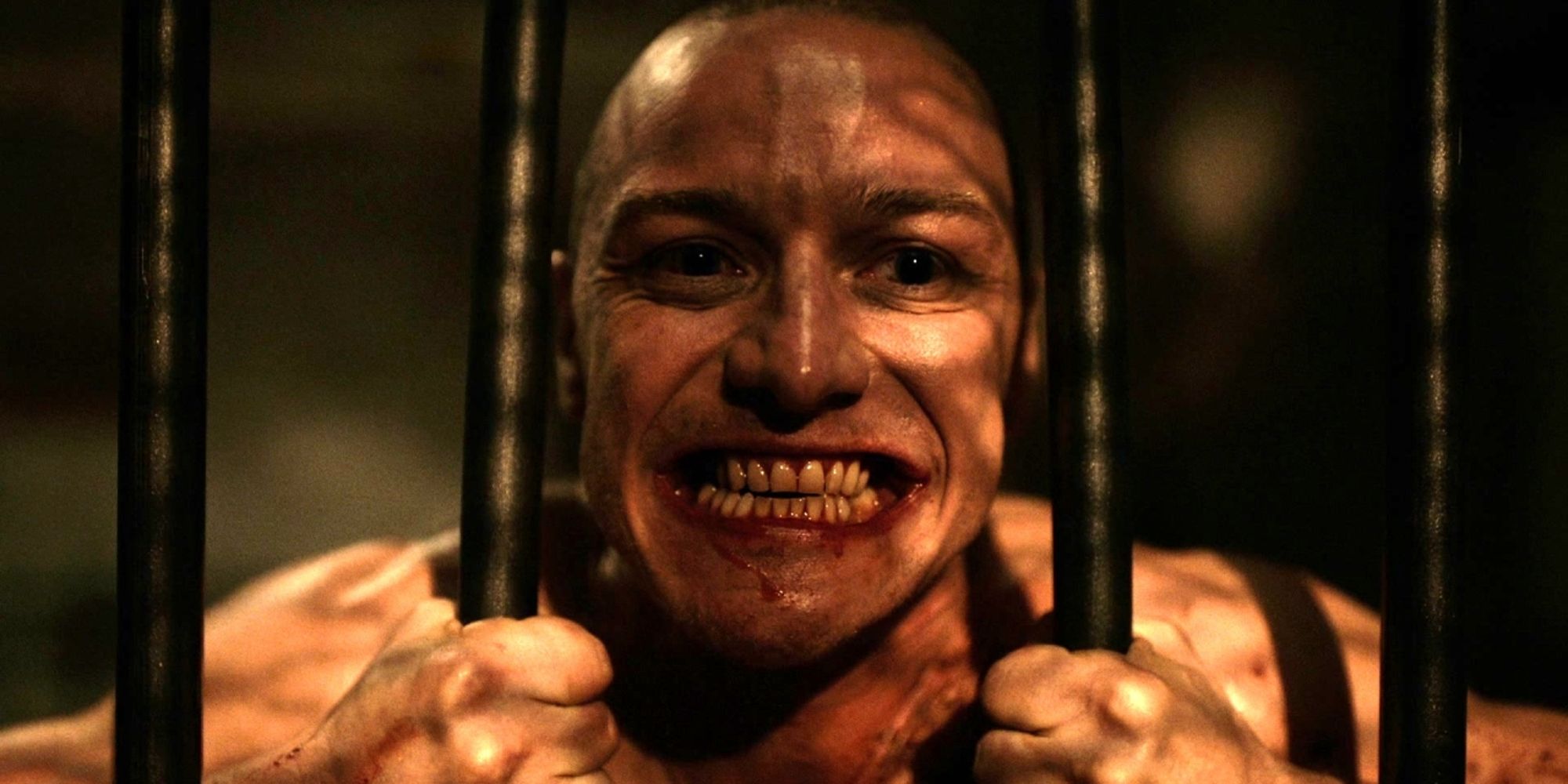
M. Night Shyamalan decided to make the 2017 horror film, Split, on a budget of only $9 million, which proved to be a fantastic decision. Shyamalan made Split as an indirect sequel to Unbreakable (2000). The story follows James McAvoy, a man with dissociative identity disorder, who kidnaps three teenage girls.
The film ended up making $278.5 million worldwide, and received positive reviews with a 75% rating on Rotten Tomatoes and a nomination for Best Thriller Film at the Saturn Awards.
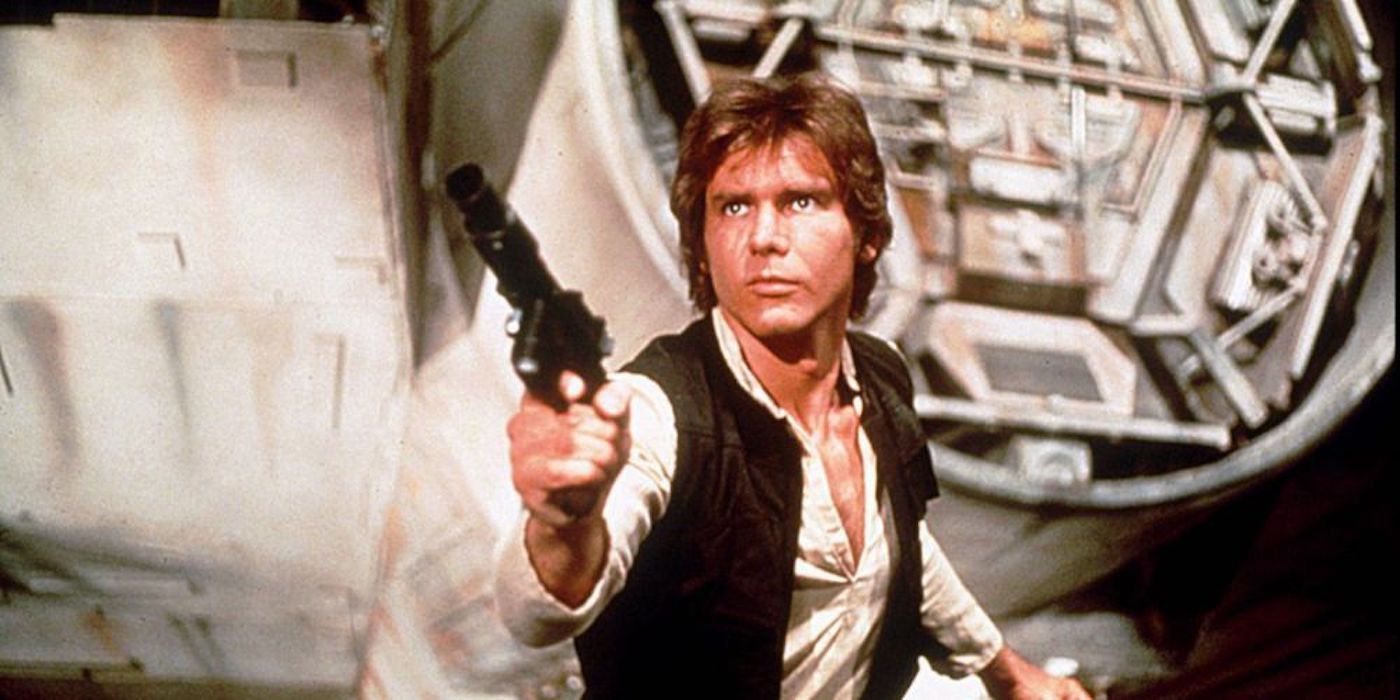
George Lucas’ magnum opus, Star Wars, hardly needs an introduction, as it was the highest-grossing film of all time until Steven Spielberg took back the title with E.T. the Extra-Terrestrial. Star Wars brought in a staggering $775.4 million would grow to be a multi-billion dollar franchise.
Star Wars was only the tip of the iceberg, considering the franchise has hit double digits with sequels and prequels, a handful of television series, made-for-TV movies, books, and merchandise… so much merchandise. Lucas had absolutely no idea how big his small indie film would actually be decades later.
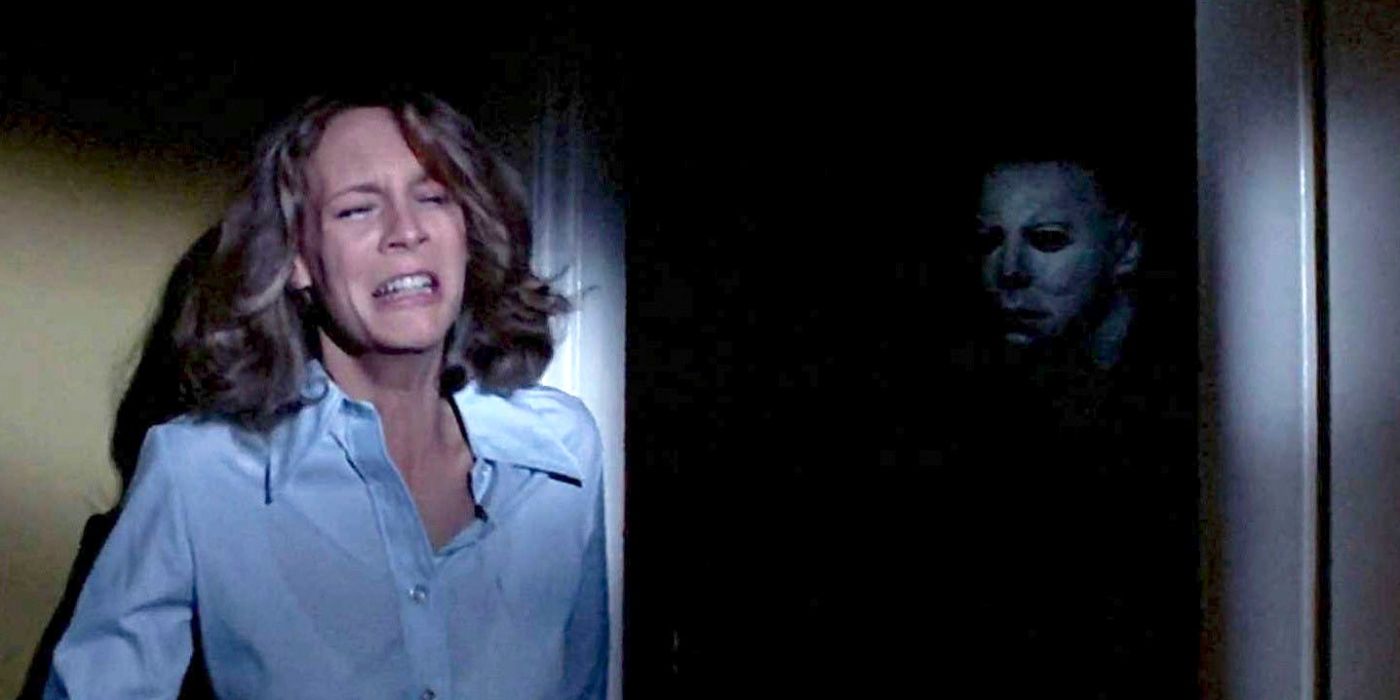
Halloween is a 1978 American independent film that made the slasher genre popular with audiences, which led to John Carpenter‘s success as a director. The movie was only the first in a franchise that still pumps out movies, novels, comic books, merchandise, and even a video game.
The cult classic, which was created for around $300,000, raked in over $70 million worldwide. Michael Myers’ famously scary visage was a $2 Captain Kirk mask that was spray-painted white, and Jamie Lee Curtis‘s wardrobe was purchased for $200 at JCPenney. The production was so frugal that the actors did many scenes in a single take for savings.
Lost in Translation, which stars Scarlett Johansson and Bill Murray, won Sofia Coppola an Oscar for Best Original Screenplay, along with three other nominations. The grim-humored film was made for $4 million only to gross over $118 million worldwide, including $44.6 million domestic.
When the movie opened, it was released on only 23 screens at an average of just over $40,000 per theater. Despite the small release, it still managed to do well at the box office. The film received noteworthy buzz due to Sofia Coppola’s previous success with The Virgin Suicides and a critically acclaimed performance by Bill Murray.
Quentin Tarantino has become one of the biggest names in Hollywood due to his cinematic hits during the ’90s. Pulp Fiction generated a considerable cult following and earned Tarantino the Palme d’Or Award at Cannes, an Academy Award, and an Oscar for Best Screenplay.
The iconic film was created on an $8 million budget, and exceeded expectations, bringing in $213.9 million worldwide. With an impressive cast including John Travolta, Samuel L. Jackson, Bruce Willis, Tim Roth, Ving Rhames, and Uma Thurman, it’s no surprise the film did so well in theaters. Since its 1994 release, Pulp Fiction has remained a cultural phenomenon.
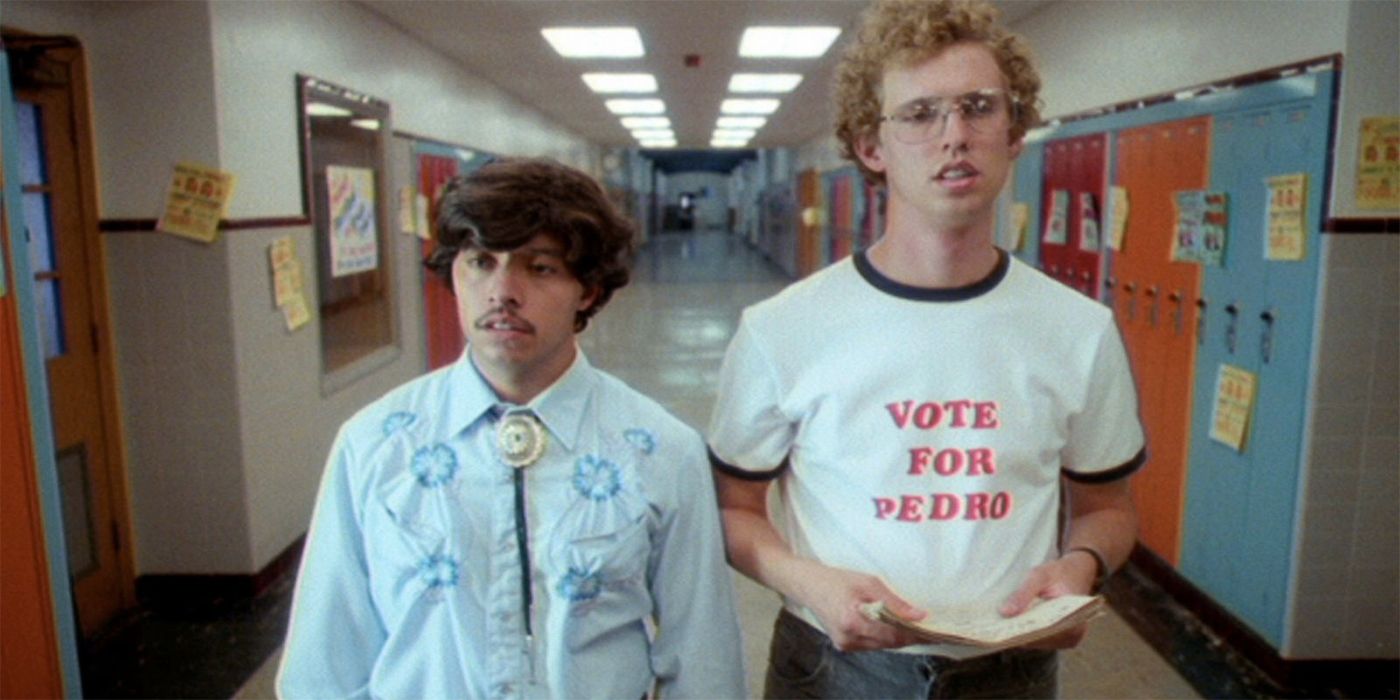
Napoleon Dynamite was a famous 2004 comedy film created on a tight budget of $400,000. Jon Heder, who plays the title character in the movie, was initially only paid $1,000 for his work on the film! Not only that, the movie was edited in producer Jeremy Coon‘s apartment using Final Cut Pro.
When the film became a huge success, Heder re-negotiated his payment for the film and received a cut of the profits. Napoleon Dynamite made $46.1 million worldwide. The film has developed quite a following over the years and was voted No. 14 on Bravo’s 100 Funniest Movies.
/cdn.vox-cdn.com/uploads/chorus_image/image/53404039/getoutcover.0.jpg)
Jordan Peele was already a well-known name in comedy before he made his directorial debut with this horror film. Get Out was made for just $4.5 million, and the film ended up being a huge success. It went on to make over $255 million worldwide.
Get Out was a film of a different caliber, thanks to the creative marketing techniques that helped bring in $33.4 million for its opening weekend. The movie was so successful that it earned four Oscar nominations, with Peele winning the Academy Award for Best Original Screenplay.
The controversial film starring Christian Bale was news before it even began filming due to the talent. Producers wanted Leonardo DiCaprio (who was, at the time, the “biggest, youngest star”) for the role of Patrick Bateman, but director Mary Harron didn’t feel like he was right for the part. After extensive disputes (Harron was, at one point, fired from the production), Bale was eventually cast in the part.
American Psycho is a controversial movie, as some of the scenes are hard to watch due to gore and sexual content. However, even the darkest of scenes are laced with an obscure humor that fans fell in love with. The satirical psychological horror flick was an absolute hit with audiences, and the film, made for just $7 million, ended up grossing $34 million.
